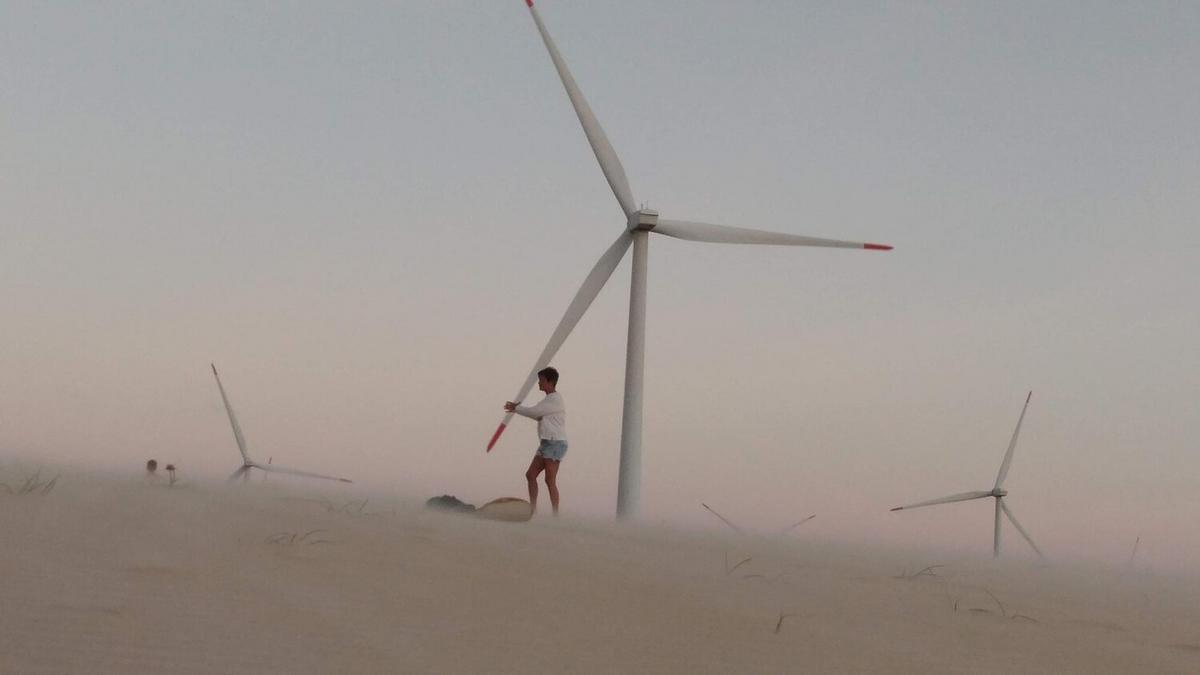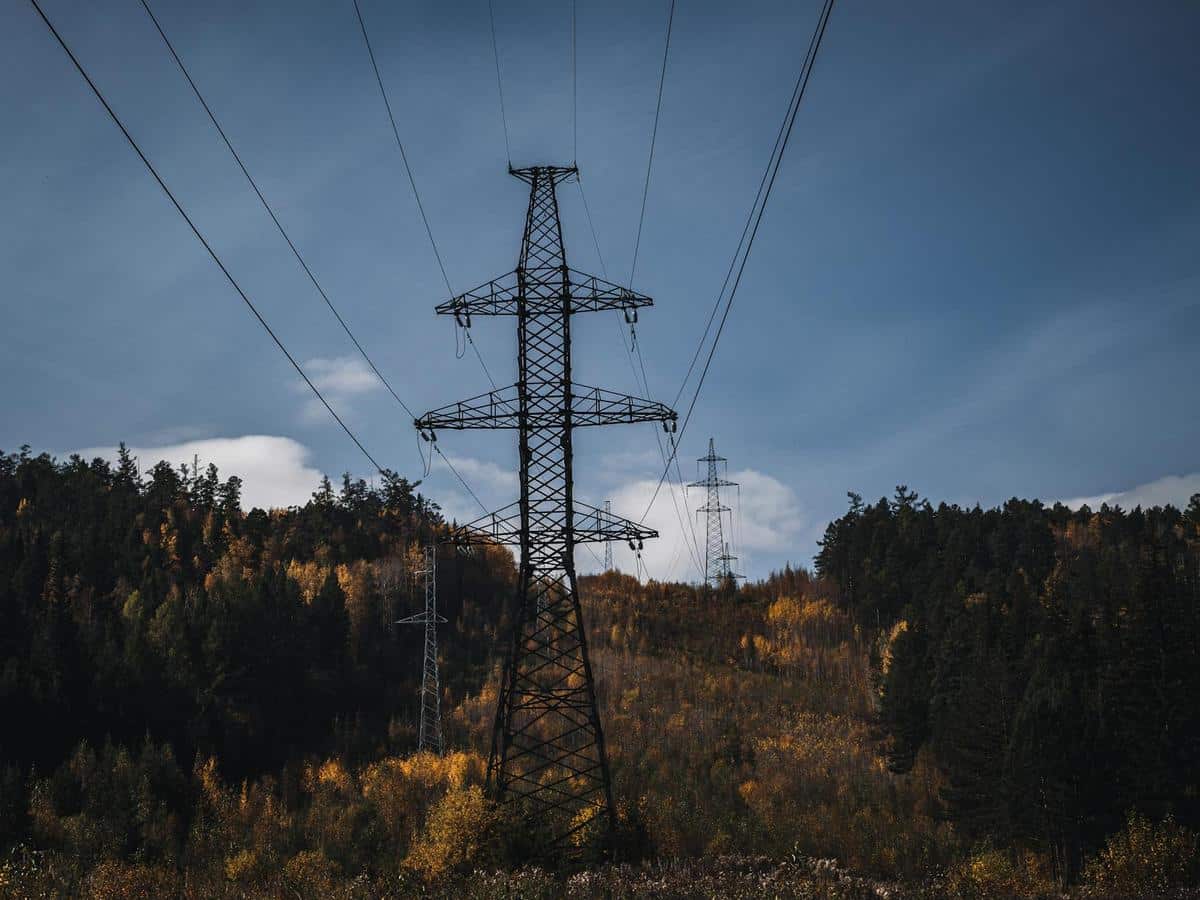
Vertical Forests: Integrating Nature Into Skyscrapers
Imagine a bustling city skyline punctuated not just by steel and glass, but by lush greenery cascading down buildings. Welcome to the world of vertical forests, where nature and architecture coexist harmoniously, redefining sustainable urban development.
Vertical forests, an innovative architectural concept, integrate greenery into skyscrapers, offering a refreshing twist on urban living. This approach not only enhances aesthetics but also contributes significantly to environmental sustainability. According to the World Health Organization, urban green spaces are crucial for improving air quality and reducing urban heat islands, making vertical forests a vital asset in modern city planning.
The Concept of Vertical Forests
Vertical forests are essentially buildings adorned with trees and plants on their facades and balconies. This concept was popularized by architect Stefano Boeri, whose first vertical forest project in Milan, Italy, has become a beacon of sustainable architecture. The buildings’ design allows for natural insulation, reducing energy consumption and promoting biodiversity in urban areas.
Expert Insights
Architect Stefano Boeri emphasizes that vertical forests are not mere aesthetic choices but essential for future urban development. He states, “Integrating nature into our living spaces not only benefits individuals but also strengthens the ecosystem as a whole.” Local governments and urban planners are increasingly recognizing the benefits of these green structures, which are now being integrated into city plans worldwide.
Benefits and Statistics
Vertical forests offer numerous benefits, such as improved air quality, noise reduction, and enhanced mental well-being. A study by the Environmental Health Perspectives journal found that access to green spaces can reduce stress and promote mental health. Furthermore, these buildings can house up to 900 trees and 5,000 shrubs, absorbing an estimated 30 tons of CO2 annually, according to research by the University of Milan.
Real-Life Examples
In addition to Milan, cities like Singapore and Nanjing have embraced vertical forests. Singapore’s ‘Oasia Hotel’ and Nanjing’s ‘Green Towers’ stand as prime examples of how urban landscapes can be transformed into green paradises. These structures not only provide homes for wildlife but also create a unique urban aesthetic that attracts locals and tourists alike.
Implementing Vertical Forests: Tips and Advice
- Collaboration: Work closely with urban planners, architects, and environmentalists to ensure successful integration.
- Choose Native Plants: Opt for local flora to enhance biodiversity and reduce maintenance.
- Regular Maintenance: Establish a comprehensive maintenance plan for plant care and structural integrity.
Consider integrating a rainwater collection system to sustainably manage plant irrigation and reduce water usage.
Challenges and Considerations
While vertical forests offer substantial benefits, they come with challenges such as high initial costs and maintenance requirements. However, advancements in technology and increased demand for sustainable solutions are driving down costs, making these structures more accessible.
| Feature | Traditional Building | Vertical Forest |
|---|---|---|
| Air Quality Improvement | Minimal | High |
| Energy Efficiency | Moderate | High |
| Biodiversity Support | Low | High |
| Initial Cost | Low | High |
| Maintenance Needs | Low | Moderate |
| Aesthetic Appeal | Traditional | Innovative |
| Noise Reduction | Low | High |
| Urban Heat Impact | High | Low |
Frequently Asked Questions
What is a vertical forest?
A vertical forest is a building that incorporates trees and plants into its design, often on facades and balconies, to promote sustainability and improve urban environments.
How do vertical forests benefit cities?
They improve air quality, reduce urban heat, promote biodiversity, and provide aesthetic and psychological benefits to residents.
Are vertical forests expensive to maintain?
While initial costs can be high, maintenance costs are manageable with proper planning and technological integration.
Conclusion
Vertical forests represent a promising frontier in sustainable urban development. By marrying nature with architecture, these innovative structures not only beautify cityscapes but also deliver practical environmental benefits. As cities continue to grow, integrating green solutions like vertical forests will be essential for fostering healthier and more sustainable urban environments. Whether you’re an urban planner, architect, or city dweller, the potential of vertical forests to transform our cities is a compelling call to action.


